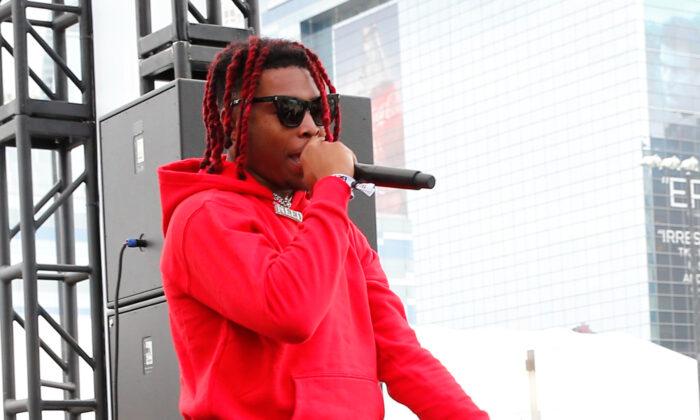When Milan resident Antonia Mortensen was pulled over by police while driving recently, it wasn’t for a traffic offense. It was to instruct her fellow passenger to sit in the back of the car and to check that both were wearing face masks.
“We were told we cannot both sit in the front,” said the CNN journalist, who was on her way to hospital with her husband to visit a sick relative.
The Epoch Times refers to the novel coronavirus, which causes the disease COVID-19, as the CCP virus because the Chinese Communist Party’s coverup and mismanagement allowed the virus to spread throughout China and create a global pandemic.
Such are the tight restrictions on Italians now living in the deadliest hotspot of the global coronavirus pandemic.Italy’s death toll is now at 10,023. This is higher than China’s official death toll of 3,299 which has been critized for a lack of transparency. Fatalities passed the grim milestone on Saturday, with an increase of 889 since the last figures were released on Friday, according to Italy’s Civil Protection Agency. The European country has reported another 92,472 confirmed cases.
The United States has also reported a high number of infections, which stands at 105,470.
As Italy enters its sixth week of restrictions, many are asking: why does its death rate seem so much higher than other countries?
Distorted Numbers
Italy’s number of confirmed cases is “not representative of the entire infected population,” said Dr. Massimo Galli, head of the infectious disease unit at Sacco Hospital in Milan. The real figure was “much much more.”Only the most severe cases are being tested, added Galli, and not the entire population—which in turn, skews the death rate.

In the northern Lombardy region, which has the majority of cases, about 5,000 swabs are being carried out daily, said Galli. He added this was “much lower than needed, with ”thousands of people waiting for diagnosis at their home.”
A major obstacle for health workers carrying out tests, was limited protective gear available, he said.
In a stark warning to other countries, Galli said: “We have a national healthcare system that works very well, especially in Lombardy—but even our system has been hit by this.
Elderly at Risk
Another factor in the seemingly high death rate is Italy’s elderly population, which is the largest in the world behind Japan.The average age of Italian patients who have died after testing positive for the virus was 78, the country’s Health Institute said Friday.
Galli said that until now, Italy’s public healthcare system was able to keep a lot of elderly people with pre-existing medical conditions alive.

But these patients were in “a really fragile situation that can be broken by a virus like coronavirus,” he added.
Still, there have been some stories of hope. Like 102-year-old woman Italica Grondona, who recovered from coronavirus in the northern city of Genoa after spending more than 20 days in hospital, doctors who treated the woman and her nephew told CNN.
Severity of Sanctions
Meanwhile, some experts have questioned whether Italy’s restrictions have gone far enough in halting the virus spread.China’s Wuhan city was the first to impose a sweeping lockdown on its 11 million citizens back in January, with all flights, trains and buses canceled and highway entrances blocked.
Now, more than two months later, officials in the pandemic epicenter are looking to ease those restrictions as new cases dry up. Italy meanwhile, is steadily ramping things up.
Italians now face steep fines of up to 3,000 euros ($3,350) for defying government orders of only going outside for essential items like food, Reuters reported.
But Dr. Giorgio Palu, former president of the European and Italian Society for Virology and a professor of virology and microbiology of the University of Padova, told CNN that the Italian measures are “not so forceful or strict like the Chinese ones.”
“But this is the best you can do in a democracy,” he added, pointing to the draconian restrictions implemented by China’s communist state.
That said, “some constitutional rights are taken from us,” Palu said of Italians’ freedom. “We can’t have public gatherings now.”
But with the death toll continuing to rise, Italy’s restrictions don’t look like easing up any time soon.




